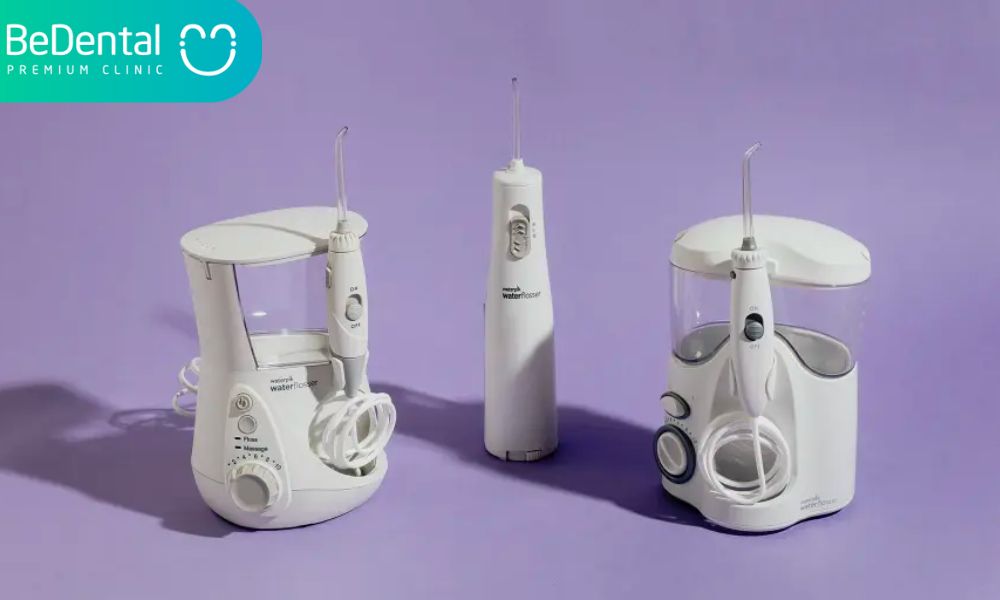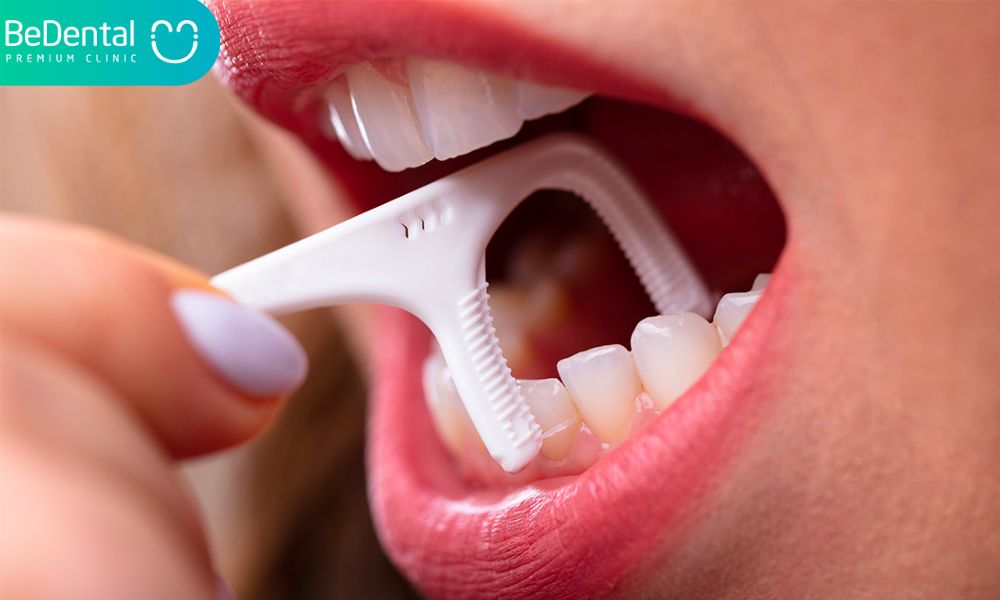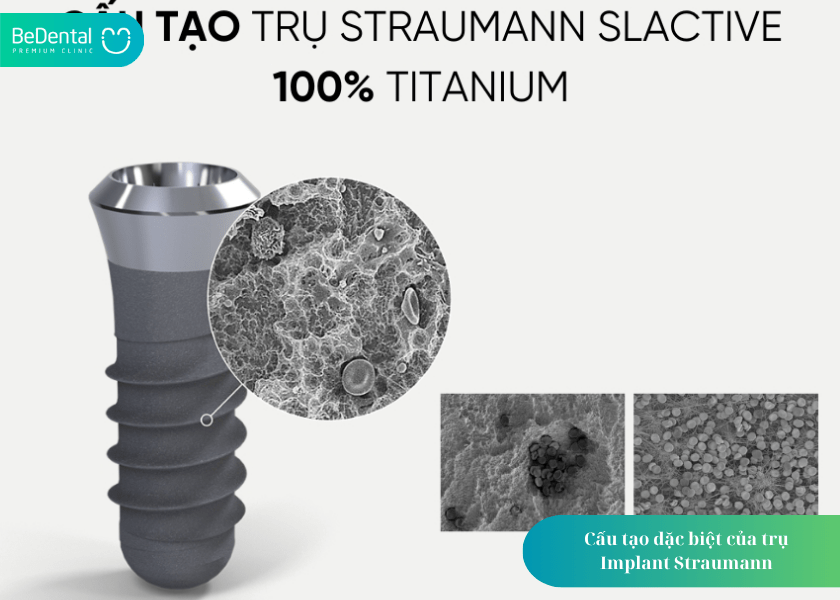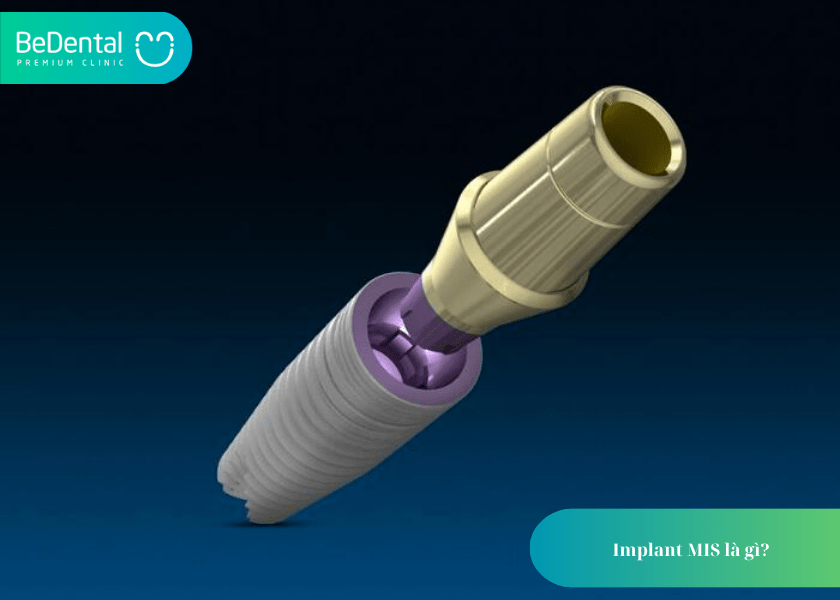Traditional floss and water flosser—which one would be the best choice for you? Let’s find out below!
What is a water flosser?
A water flosser, also known as an oral irrigator, is a handheld dental care device that utilizes a stream of water to clean between your teeth and gums of food debris, plaque, and germs. When used in combination with daily flossing, water flossers improve your dental care regimen.
Oral irrigators come in a variety of styles, but they all feature a reservoir to retain the water, an electric motor to operate the pump, and a particular nozzle. The engine and pump drive a stream of pressurized water from the reservoir, through the nozzle, and between teeth to remove plaque, food particles, and bacteria.
Categorize

Water flossers can be classified as either countertop, cordless or battery-powered, shower flossers, faucet flossers, or those that are operated by a rechargeable battery.
- Countertop – Among the four varieties, it is the heaviest and bulkiest. It is installed on your counter and plugged into a nearby outlet. They also have an irrigation tank that has to be refilled anytime the water runs out.
- Slim, portable, and battery- or cordless-operated devices are the norm. Travelers should choose this model since it offers the most versatility. Yet, they might not be as effective as countertop flossers.
- Shower flosser – This device attaches to your shower head and allows you to floss either before or after you take a shower. Although they don’t require energy, batteries, or refills, they are typically more difficult to manage.
- The most popular kind of water flosser is the faucet flosser; it works similarly to a shower flosser but has a cord that hooks onto the water basins rather than the shower head. The flaw, like shower flosser versions, is mobility.
- Pressure Settings – The majority of the best water flossers include pressure settings that can be changed, making them ideal for people with braces, implants, or sensitive gums. When trying to remove difficult-to-reach food bits, pulsing water settings are extremely useful.
- Size – More mobility is possible with a small, cordless design.
Why should I use a water flosser?
Water flossing should never be used in place of normal brushing and flossing, but it is an excellent addition to your daily regimen. A water flosser may also be useful in the following circumstances:
Bleeding Gums — There are a few typical causes of gum bleeding. The first problem is gum disease. Gum disease, often known as periodontitis, is a bacterial infection of the gums. If left untreated, it may result in tooth loss. Too much flossing might also cause bleeding gums. Oral irrigators can be an excellent method to clean troublesome areas without the pain associated with string flossing.
You Have Braces — When you wear braces, food tends to become trapped under brackets and below wires. Water flossers are excellent for reaching those difficult regions where food particles hide. If plaque surrounding brackets is not removed, it can lead to a variety of dental issues, including gum disease.
You Have Dry Mouth — Saliva naturally cleans your mouth and inhibits the formation of sticky plaque. Some drugs and hereditary factors, however, might prevent some people from making enough. This may result in gum disease and cavities. A water flosser easily moistens a dry mouth while also removing sticky plaque.
Food Always Gets Stuck in Your Teeth — Some people are more prone than others to getting food lodged in their teeth. It might be because your teeth are crooked or not precisely aligned. Food can also become lodged around dental procedures such as bridges and dental implants. A Water Flosser is an excellent tool for cleaning problem areas in persons who are more prone to getting food trapped in their teeth due to genetics, bridges, or implants. To maintain your finest clean, maintain a complete oral care program that includes:
- Brushing at least 2X daily: To eliminate even more plaque, use an electric toothbrush. Every day, the Oral-B iO Series eliminates up to 100% more plaque than a standard manual while providing a professional clean sensation.
- Flossing at least 1X a day: Use string floss at least once a day and supplement it with a Water Flosser for a more complete clean.
- Visit your dental professional 2X a year: Be sure to see your dentist or dental hygienist every 6 months for professional cleanings and checkups.
What is traditional floss?
Traditional floss is a cord of thin filaments used in interdental cleaning to remove food and dental plaque from between teeth or areas where a toothbrush cannot or will not reach. Its frequent usage as part of dental hygiene is intended to keep teeth healthy.
Traditional floss is often constructed of one of two polymers, nylon or teflon, and is composed of the following:
Nilon is a long-chain synthetic polyamide fiber. It is also a chemical with more than one amide group that is linked to ammonia. Teflon is a brand name for the polymer polytetrafluoroethylene (PTFE). Depending on the producer, extra auxiliary materials may include coatings (such as wax), flavorings, and other additives.

Why should I use traditional floss?
Interdental brushes, in addition to brushing, should be used as part of your regular oral health practice beginning at the age of 12.
Traditional floss can be a useful option for persons who do not have enough room between their teeth to utilize an interdental brush.
Water flosser vs traditional floss
Traditional floss is the “gold standard” recommended by dentists and dental hygienists. It has been demonstrated to be useful in reducing gingivitis and gum disease when done appropriately and on a regular basis. Traditional floss are also tiny and portable, allowing you to keep floss in your purse, backpack, or desk drawer everywhere you go.
For persons who have difficulties flossing manually, water flossers are a good alternative to traditional floss. If you have had dental procedure that makes flossing difficult, such as braces or bridges, water flossers might help you keep your teeth clean. When you are not throwing string portions after flossing, there is less waste in your trash bin.

A water flosser, on the other hand, often incorporates a water tank and requires energy to operate. Traditional floss is more practical and portable than a water flosser.
For disease prevention and oral health, the American Dental Association promotes flossing with dental cleaning equipment such as string floss and water flossers. For eliminating food particles and plaque, water flossers are an effective alternative to traditional floss. The most essential thing is that flossing is part of your regular dental care practice, and that you are not flossing with improper materials such as your fingernails or scraps of paper. Floss at least once a day after brushing to eliminate debris and plaque from inaccessible places of your teeth.
More
Water flosser: 5 things to consider a water flosser
Dental floss: 4 important things you need to know
Zirconia Bridge and 5 Tips Should Know
Dental Implants: Why Choose Vietnam for Dental Implants?
Tooth extraction and 4 noticeable questions need to know





